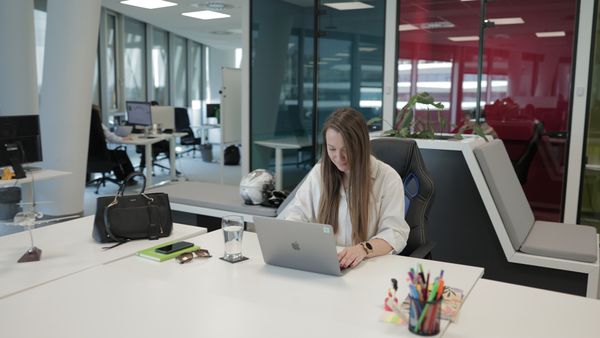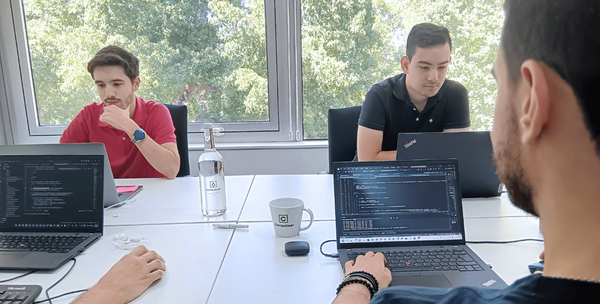Leading the Way: How to Embrace Agility for Success

In today's rapidly changing business landscape, it is essential for organizations to be agile and customer-centric to remain competitive. Working in an agile and client-centric organization means embracing change, prioritizing customer needs, encouraging transparency, fostering collaboration, and emphasizing continuous improvement. In this blog, we will hear from Dijana Bakajac, IT Delivery Director, on what it means to work in an agile and client-centric organization, and how it benefits both employees and customers.
Q1: What inspired you to work in an agile and client-centric organization?
Dijana: I have always been someone who enjoys collaborating with others to achieve a common goal, and I believe that the agile methodology provides a great framework for doing just that. In particular, I was inspired by the emphasis that agile places on continuous improvement and the idea of delivering value to customers early and often. I am drawn to the idea of being able to work closely with my team and stakeholders to quickly adapt to changing requirements and feedback and to continuously iterate and improve upon our work. I have seen firsthand how agile can help teams to be more productive, creative, and responsive, and I am excited to be a part of that kind of work environment.
Q2: What are some benefits of working in an agile and client-centric organization for employees?
Dijana: Working in such an environment fosters a culture of experimentation and innovation, which allows our employees to take risks and try new things without fear of failure. Agile setup encourages teamwork and collaboration, which helps build stronger relationships and a sense of community within the organization. Finally, it provides opportunities for personal and professional growth, as employees are empowered to take on new challenges and responsibilities.
Q3: How does working in an agile and client-centric organization benefit clients?
Dijana: Working in an agile and client-centric organization benefits clients in several ways. It allows us to respond quickly to changing client needs and priorities, ensuring that we are always delivering value. It also provides a high degree of transparency, which means that clients are kept informed of progress and challenges that arise and they have a greater say in the development process. Ultimately, the agile approach fosters a culture of continuous improvement, ensuring that the end product is constantly evolving and improving based on client feedback.
Q: How do we ensure that our team members have the necessary certifications and expertise to deliver high-quality services to our clients, and what are some of the challenges and trends in this area?
Dijana: At Consulteer, we are committed to investing in the ongoing development and training of our employees, to ensure that they have the necessary expertise to deliver high-quality services to our clients. This includes providing access to industry-leading training programs and certifications, as well as offering ongoing coaching and mentorship to help our team members stay up to date with the latest best practices and trends.
The main challenge that we face in this area is keeping up with the rapid pace of technological change. At the same time, we are seeing some exciting trends in the industry and by embracing those
challenges and viewing them as opportunities, we can develop a growth mindset that allows us to approach future difficulties with greater resilience and adaptability.
Working in an agile and client-centric organization requires a mindset that embraces change, prioritizes customer needs, encourages transparency, fosters collaboration, and emphasizes continuous improvement. By following these principles, organizations can remain competitive and deliver value to their customers while providing opportunities for personal and professional growth for their employees.
Human. Technology. Together.
next - stories


